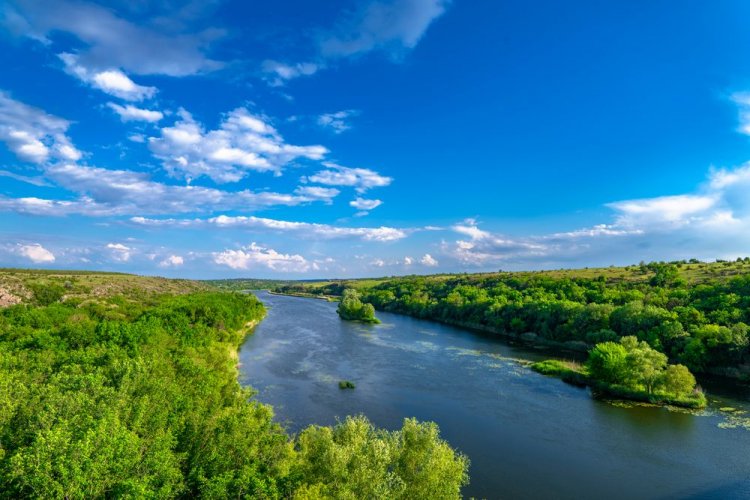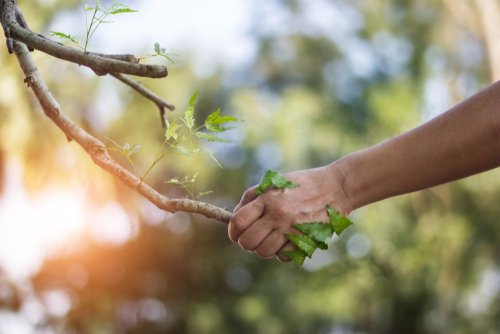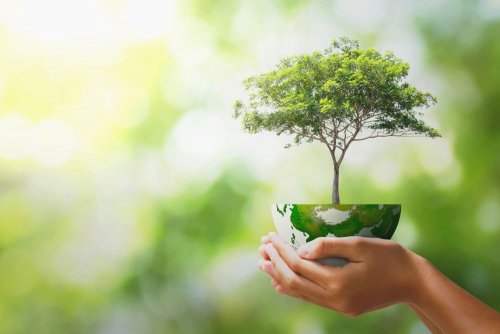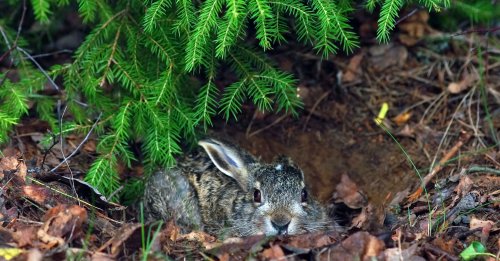The bottom of the Kakhovka Reservoir, which was exposed after the Kakhovka hydroelectric power station dam was blown up, has been completely covered with a young forest of white willow in the year since this man-made disaster. It has been joined by both typical species of steppe flora and new species for this area.
Vadym Maniuk, an associate professor at Dnipro State Agrarian and Economic University, told about this in a story on Suspilne Dnipro TV channel.
The expert says that it was absolutely expected that this particular tree would take such a position in the floodplains. "The fact is that the white willow is a pioneer. It is always the first to settle in river valleys and along water bodies on sandbanks and river spits. After the Kakhovka Reservoir was drained, optimal conditions were created for this species to grow.
Now the entire Velikiy Lug – almost 150,000 hectares – is covered with natural stands of white willow. The height of the forest that was formed in one year is 2.5-3 m. Now it is very dense, but over time, says the ecologist, the forest will thin out due to growth and increased competition between individual plants.
The lower tier of forest plantations consists of both typical types of steppe sedges – water sorrel, Laxman's cattail – and new species of flora that have acclimatized to local conditions.
Special ecological niches were formed when the silt cracked in the crevices. In them, the seeds of atypical species of plants germinate, which were able to give sprouts only thanks to the appearance of these cracks in the soil. Here, ideal conditions have developed for them. As an example, Vadym Manyuk cites the western frame – a large deciduous tree that originates from North America.
The scientist explains that the cracks that formed when the bottom was cracked after the departure of the artificial reservoir became catalysts for increasing the diversity of local ecosystems.
Earlier, EcoPolitic reported that ecosystems of the bottom bed of the former Kakhovsky Reservoir are being restored.
In March, we reported that water has returned to the Kakhov reservoir.





